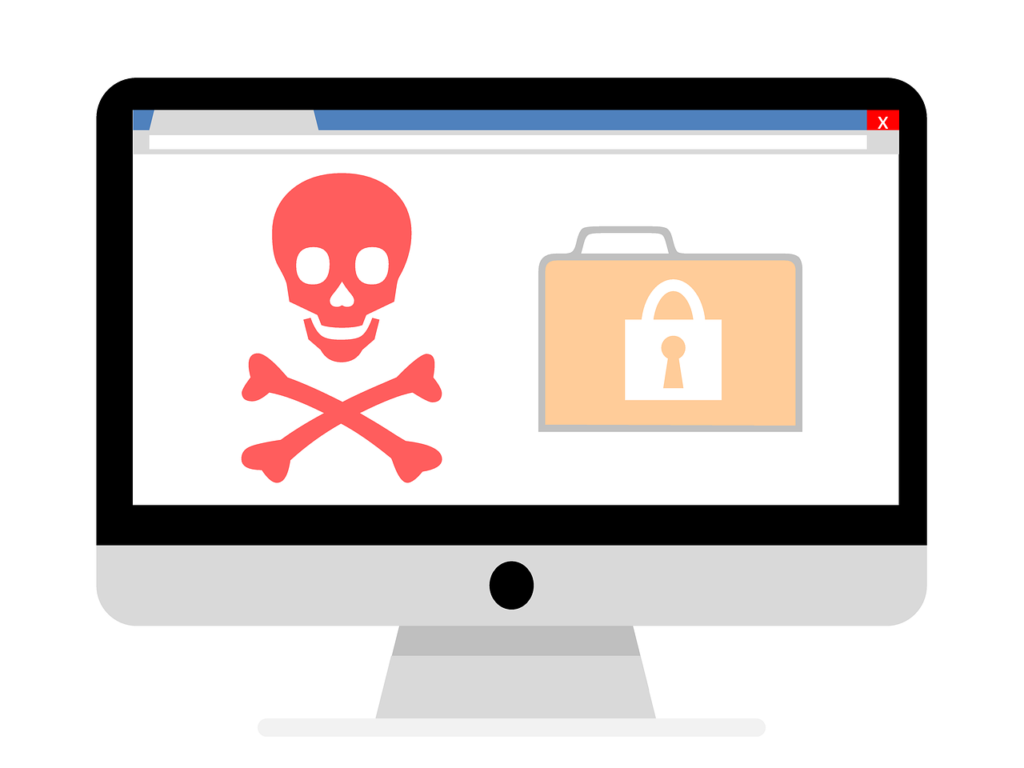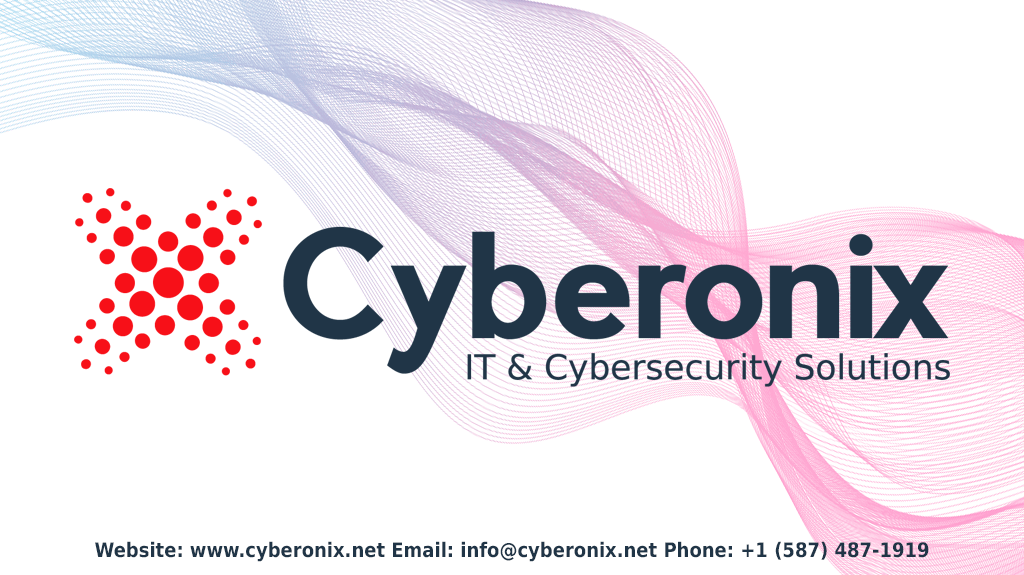



Ransomware has become one of the most pervasive and damaging cyber threats in recent years. This type of malicious software encrypts victims’ files, demanding a ransom for the decryption key. Its targets are diverse, ranging from individual users to large organizations across various industries.

The healthcare sector has been a prime target for ransomware attacks due to the critical nature of its operations. Hospitals and clinics, struggling with outdated systems and tight budgets, are particularly vulnerable. The attacks can disrupt essential services, delay critical care, and potentially lead to loss of life.
WannaCry Attack on NHS In May 2017, the WannaCry ransomware attack crippled the UK’s National Health Service (NHS), affecting over 70,000 devices including computers, MRI scanners, and blood storage refrigerators. The attack led to the cancellation of thousands of appointments and operations, costing the NHS an estimated £92 million.
Educational institutions, from schools to universities, have seen a significant increase in ransomware attacks. These institutions hold vast amounts of sensitive data and often lack robust cybersecurity measures, making them easy targets for cybercriminals.
Baltimore County Public Schools In November 2020, Baltimore County Public Schools were hit by a ransomware attack that forced the closure of schools for days, disrupting the education of 115,000 students. The attack caused significant delays and required extensive recovery efforts, including the restoration of data and systems.
Local, state, and federal government agencies are frequently targeted due to their vast resources and essential services. Attacks on these agencies can disrupt public services and erode public trust.
City of Atlanta In March 2018, the city of Atlanta suffered a ransomware attack that took down multiple internal and public-facing applications. The attack affected city services including the court system and utility payments, costing the city an estimated $17 million in recovery efforts.
The financial services sector, including banks and insurance companies, is a lucrative target for ransomware attacks. These institutions deal with large volumes of sensitive data and financial transactions, making them prime targets for cyber extortion.
Travelex In January 2020, Travelex, a major foreign exchange company, was hit by the Sodinokibi ransomware, leading to a prolonged outage of its services. The attackers demanded a $6 million ransom, which the company reportedly paid to regain access to its systems.
Ransomware attacks are not limited by geography. However, certain regions are more frequently targeted due to their economic wealth and technological infrastructure.
Ransomware attacks can take several forms, each with unique characteristics and impacts.
Organizations can take several steps to protect themselves from ransomware attacks:
As ransomware attacks continue to rise in frequency and sophistication, protecting your organization has never been more critical. This is where Cyberonix IT & Cybersecurity comes in.
Cyberonix offers the best managed IT and cybersecurity solutions designed to prevent, detect, and respond to ransomware threats effectively. Our services include:
Investing in managed cybersecurity with Cyberonix not only protects your data and systems but also ensures the continuity of your operations. Don’t wait for a ransomware attack to disrupt your business. Contact Cyberonix today to safeguard your future.
